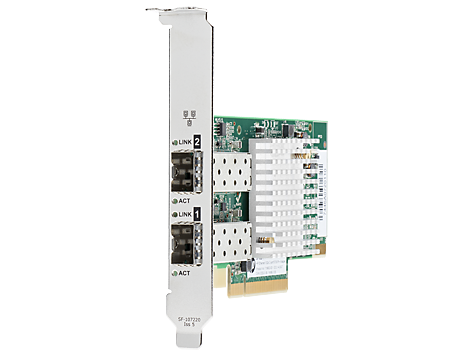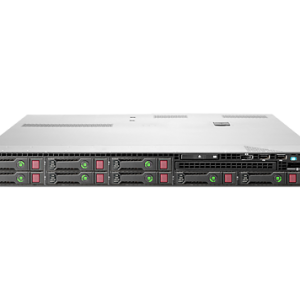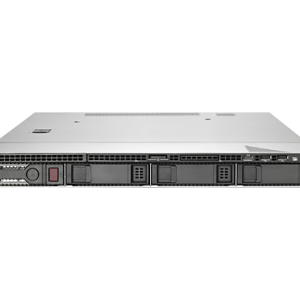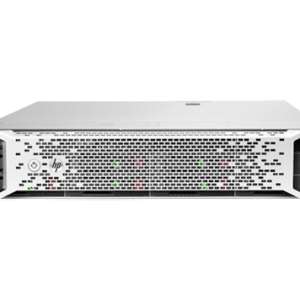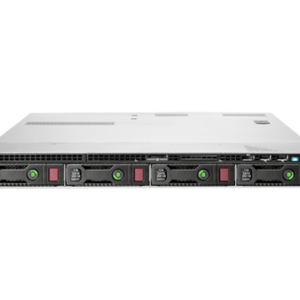HP Ethernet 10Gb 2-port 570SFP+ Adapter PN 718904-B21
$1,531.00
HP Ethernet 10Gb 2-port 570SFP+ Adapter (PN : 718904-B21)
The higher message rates and lower latency of OpenOnload technology are now available with the HP Ethernet 10Gb 2P 570SFP+ Adapter, based on the SFC9020 controller from Solarflare. It out-performs standard Ethernet with lower CPU utilization and power consumption.
Product Description
HP Ethernet 10Gb 2-port 570SFP+ Adapter PN 718904-B21
The higher message rates and lower latency of OpenOnload technology are now available with the HP Ethernet 10Gb 2P 570SFP+ Adapter, based on the SFC9020 controller from Solarflare. It out-performs standard Ethernet with lower CPU utilization and power consumption.
This adds up to performance and scalability that are ideal for financial services environments. Now available as a fully supported factory installed option on the HP ProLiant DL360p Gen8, and HP DL380p Gen8 servers, the HP 570SFP+ Adapter comes with both low profile and standard brackets and has two SFP+ cages that enable connections with DACs as well as SR fiber optic modules.
The HP 570SFP+ Adapter supports high performance networking features such as VLAN tagging, low latency interrupts, TCP and UDP checksum offloading, MSI-X, NIC teaming (bonding), Receive Side Scaling (RSS), jumbo frames, and PXE boot.
Important Information
We are not only looking to sell you only one time we look to build long business relation with you.
Warranty & Support
We offer manufacture warranty plus our ICT warranty.
If you need any technical assistant, our expert technicians are always available to help you without any additional cost.
Contact us now and let our team help you.
| Ports & interfaces | |
| Connectivity technology | Wired |
| Host interface | PCI-E |
| Interface | Fiber |
| Internal | Yes |
| Fiber ports quantity | 2 |
| Bandwidth | |
| Data transfer rate (max) | 10000 Mbit/s |
| Full duplex | Yes |
Higher I/O performance: Each application receives an independent I/O channel
More efficient processing: Application and I/O processing share the same core
Greater scale out: More virtual NICs support more applications per server
Optimized server utilization: Greater I/O workload per server with less CPU utilization and lower power consumption
